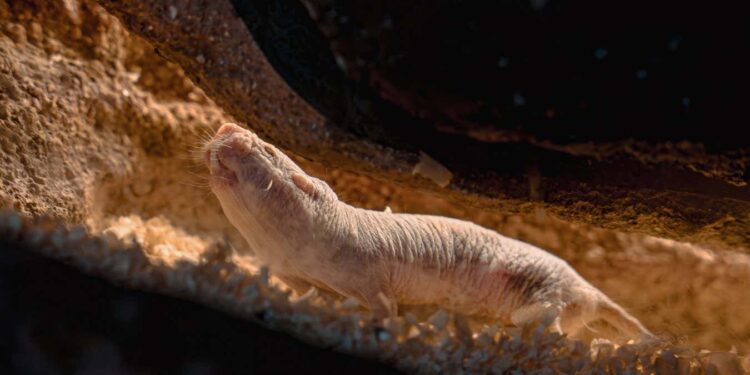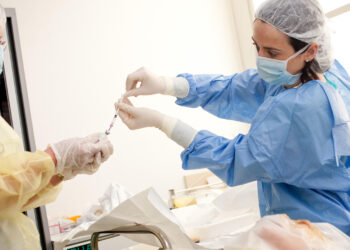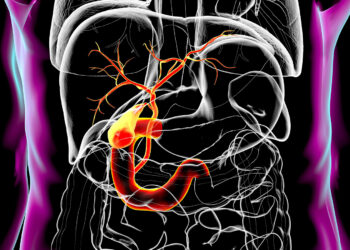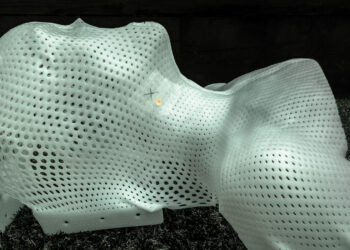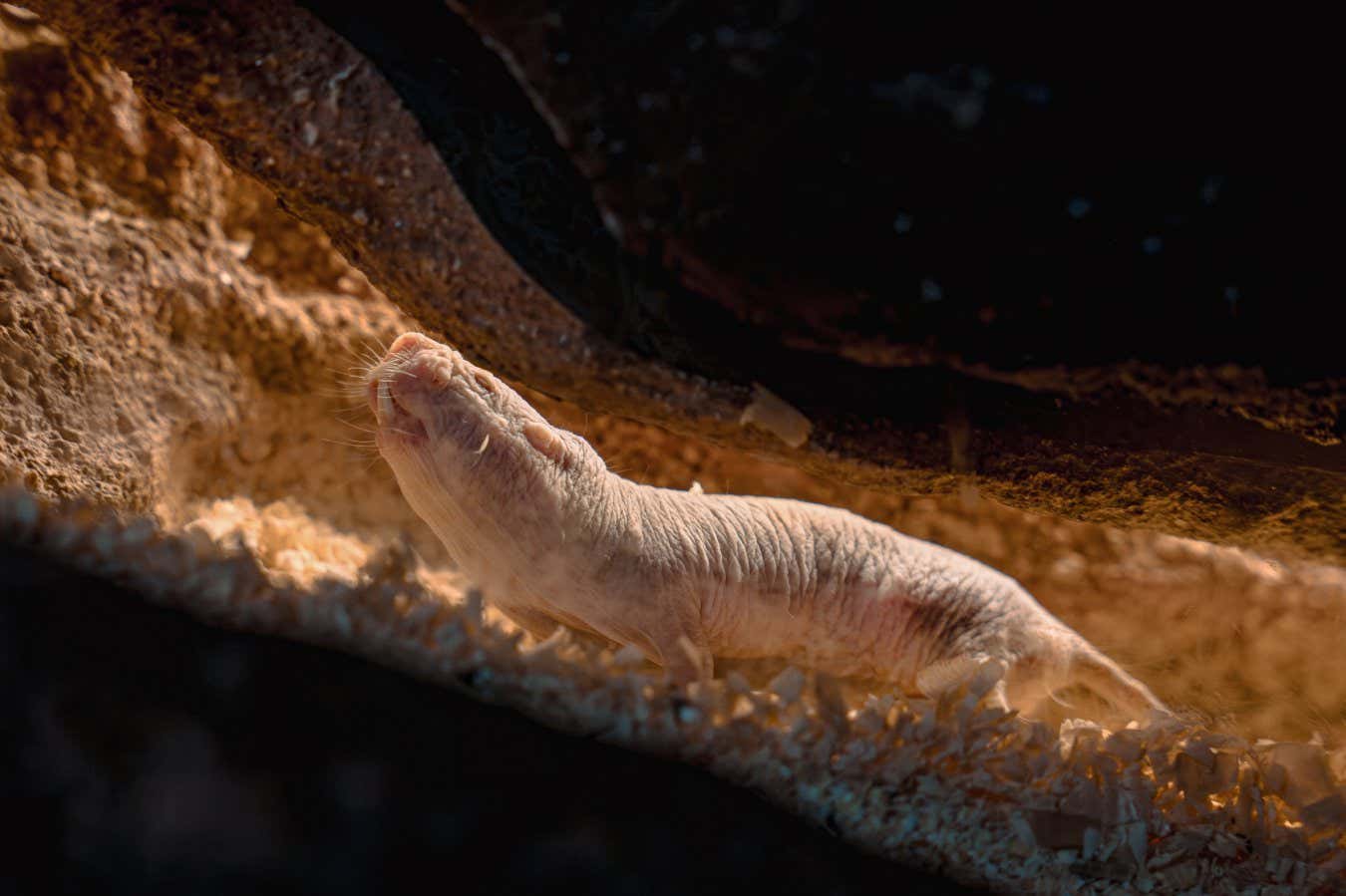
Studying naked mole rats could us develop new anti-ageing strategies
Jannissimo/Shutterstock
Naked mole rats live for up to 37 years – far longer than other rodents their size. What is the secret of their longevity? Among other factors, it could be down to a variant of an immune protein that boosts DNA repair
The discovery might lead to therapies that extend human lifespans, say Zhiyong Mao at Tongji University in Shanghai, China. It is also another piece of evidence supporting the idea that the accumulation of mutations – that is, the failure to repair damaged DNA – is one of the main causes of ageing.
The immune protein in question, called cGAS, is found in many animals. Its main function is thought to be to sound the alarm when it detects DNA outside the nucleus of a cell, which could be a sign of cancer or a viral attack.
But cGAS is also found in the nucleus of cells. In humans and mice, it has been shown to suppress DNA repair, increasing the mutation rate and the risk of cancer. Exactly why is unclear – it could be an undesirable side effect rather than an evolved function.
Mao’s team has now shown that the version of cGAS found in naked mole rats has the opposite effect in the nucleus, actually boosting DNA repair. This is due to differences in four of the amino acids that make up the cGAS protein. If these four amino acids are altered in mole rat cells, the animal’s cGAS no longer boosts DNA repair. Conversely, if these are changed in the human version of cGAS, the protein no longer inhibits DNA repair.
What’s more, when the team genetically engineered fruit flies to produce the naked mole rat version of cGAS, they lived for nearly 70 days, compared with around 60 days for unmodified flies.
So could making human cells produce the naked mole rat cGAS extend our lives? “Yes, gene editing and mRNA delivery could be potential ways to improve DNA repair and promote longevity in humans,” says Mao. But getting enough of the key cells in our bodies to produce the modified cGAS wouldn’t be easy, he says.
Another approach could be to find small-molecule drugs that interact with the human cGAS protein and make it behave like the mole rat one, says Mao.
The study does indeed suggest that cGAS influences lifespan, says Vera Gorbunova at the University of Rochester, New York, whose team has shown that a molecule called hyaluronic acid also contributes to the long lives of naked mole rats. “[So] modulating the activity of cGAS by pharmacological or genetic means can have beneficial effects on health and lifespan,” she says.
Topics:
Source link : https://www.newscientist.com/article/2499544-weve-discovered-another-reason-why-naked-mole-rats-live-for-so-long/?utm_campaign=RSS%7CNSNS&utm_source=NSNS&utm_medium=RSS&utm_content=home
Author :
Publish date : 2025-10-09 19:00:00
Copyright for syndicated content belongs to the linked Source.

